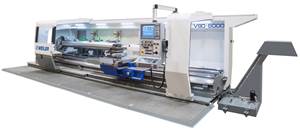Robotic Cell Increases Shop’s Productivity by 200 Percent
A new building spurred Hypertherm Inc. to revamp its production process with a robotically automated work cell, providing improved productivity and efficiency.
During the process of building a new facility in Hanover, New Hampshire, industrial cutting equipment manufacturer Hypertherm Inc. streamlined its production process by adding a robotically automated work cell with the help of The Robert E. Morris Co. (Windsor, Connecticut) and Dayton, Ohio-based robotic systems integrator Gosiger Automation. The original goal was to improve productivity by 50 percent, but output actually increased by 200 percent.
Hypertherm has come a long way since its founding in a garage in 1968 by Dick Couch and Bob Dean. With more than 120 patents to its credit today, the company makes two major product lines: mechanized plasma cutters for shipbuilders, off-road/heavy-vehicle producers and other large, steel-sheet users; and manual tools for applications such as oilfield pipe cutting, auto repairs and general workshop use. Due to increased product demand, the 1,400-person, employee-owned company recently needed to build a new manufacturing facility. The company took this opportunity to analyze its existing production methods and find opportunities to streamline them while maximizing the return on investment for the new building. Along with its primary goals to improve productivity and efficiency, Hypertherm had aggressive environmental goals to reduce material waste and power usage.
With this in mind, manufacturing engineer Jeff Cornish cast a critical eye on the production of three nozzles for the HyPerformance HPR plasma systems. At that time, an operator would run the parts on large, three-turret CNC lathes with 75-second cycle times while overseeing one or two other machines. These lathes machined the nozzles out of barstock loaded by automatic bar feeders. According to Mr. Cornish, the process created a lot of material waste and the combination of bar feeders and machine tools took up quite a bit of floor space. “One way we measure productivity is output per square foot of factory floor space,” he says. “By that standard alone, we knew we had to find a better way.”
Hypertherm approached its machine tool distributor, Robert E. Morris’ Dan Dean, to help improve productivity for this process by 50 percent. To establish a productivity baseline, they took Hypertherm’s existing machine tool footprint and calculated the output per day. Mr. Cornish says there was a lot of back-and-forth discussion between Hypertherm, Robert E. Morris and Gosiger Automation before the final plan emerged. In fact, the deeper they moved into the project, the more opportunities all involved saw for refinements. This meant Gosiger had to come up with several iterations, he says.
The team finally decided to robotically automate a work cell using two Swiss-type Tsugami CNC machines, with two FANUC LR Mate 200iD industrial robots loading the machines and two FANUC M-10iA robots unloading the parts. According to Mr. Cornish, a number of factors made this system very efficient: The lathes have a smaller footprint than the previous machine tools, plus eliminating the bar feeder greatly improved output per square foot. Also, only one operator is needed to tend the new work cell and other machines. He says another factor in the decision was that Swiss-style machines are more consistent from a cold start, which eliminates the production of bad parts at the beginning of a run.
Along with introducing the automated cell, the company switched from using barstock to near-net-shape blanks, which reduced material waste and cycle time significantly, Mr. Cornish says. The blanks—some made in-house by Hypertherm and some by an outside contractor—are well-suited for machining to the required tolerance and surface finish by the sliding-headstock lathes, Dan Dean says.
The process begins with the operator loading blanks onto a vibratory table that feeds them into a staging area. A FANUC LR Mate 200iD robot then picks up and loads the blank into the lathe’s main spindle, and a laser scans the workpiece to make sure it’s seated correctly in the chuck. If it is not seated correctly, the robot resets it into the spindle and checks it again. If a part fails to reseat properly, it is rejected. The lathe then performs the front-side machining and transfers the part to the subspindle for backside machining. A pick-and-place system removes the machined part, takes it to a blow-off area and then places it in an outbound parts nest. A second M-10iA robot picks up the finished part and places it in a tray.
The automated cell uses in-process inspection, which saves the company both time and labor costs. The M-10iA robot performs a thorough inspection process for quality-control purposes, taking the last part to be placed in a tray through an ultrasonic wash station, then to a CMM for inner-diameter measurement and a laser-profile inspection machine for outer-diameter measurement. The data is processed by Caron Engineering’s AutoComp software and fed back to the producing machine to enable tool-wear compensation that maintains part accuracy. Software-driven inspection data for automatic tool offsets eliminates human error, thus improving product quality and reducing scrap, Mr. Cornish says.
Trays of completed parts exit the cell on an outbound conveyor. Meanwhile, a laser barcode scanner identifies each empty, incoming tray to ensure that the correct parts are produced and placed in the appropriate trays. Completed parts are washed and laser marked in a secondary operation.
“The cell has a lot of moving parts working together that allow us to improve productivity even more than we originally hoped,” Mr. Cornish says. “The finished project is much more than just machine tools and robots; it’s a completely rethought process. Everybody worked together to figure out how to make the cell as efficient as possible and, in the end, there were a number of factors that made the difference.”
Although it took a while to come up with the best solution, the results were well worth the effort, he says. Instead of a 50 percent improvement, the company increased its output by 200 percent, improved output per operator by 50 percent and reduced scrap by 50 percent.
“This was our first robotic installation and quite a learning experience,” Mr. Cornish says. “The results encouraged us to identify other machining processes that can be improved through automation, so we’re currently working with Gosiger Automation on additional projects.”
Related Content
Lean Approach to Automated Machine Tending Delivers Quicker Paths to Success
Almost any shop can automate at least some of its production, even in low-volume, high-mix applications. The key to getting started is finding the simplest solutions that fit your requirements. It helps to work with an automation partner that understands your needs.
Read MoreWhich Approach to Automation Fits Your CNC Machine Tool?
Choosing the right automation to pair with a CNC machine tool cell means weighing various factors, as this fabrication business has learned well.
Read MoreWeiler to Debut New Automation Features For Its Lathes
Weiler’s V 110 four-way precision lathe introduces features new to the U.S.
Read MoreFearless Five-Axis Programming Fosters Shop Growth
Reinvestment in automation has spurred KCS Advanced Machining Service’s growth from prototyping to low-and mid-volume parts. The key to its success? A young staff of talented programmers.
Read MoreRead Next
3 Mistakes That Cause CNC Programs to Fail
Despite enhancements to manufacturing technology, there are still issues today that can cause programs to fail. These failures can cause lost time, scrapped parts, damaged machines and even injured operators.
Read MoreThe Cut Scene: The Finer Details of Large-Format Machining
Small details and features can have an outsized impact on large parts, such as Barbco’s collapsible utility drill head.
Read More


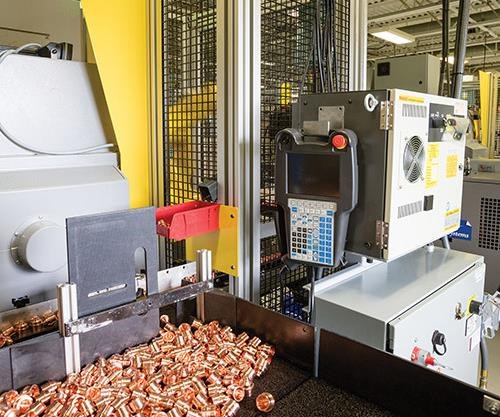
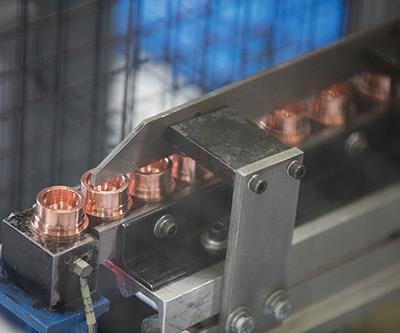
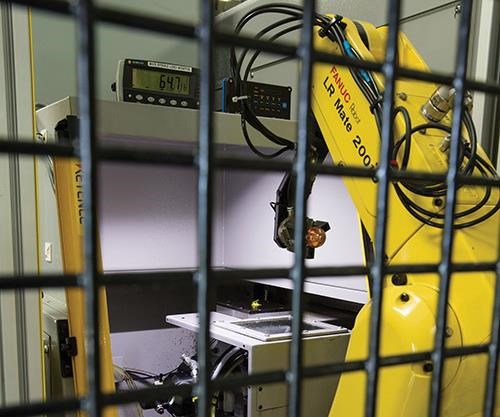
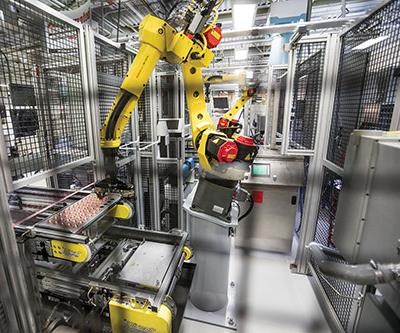






.png;maxWidth=300;quality=90)

















